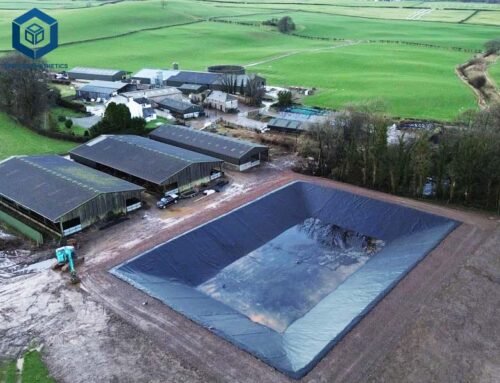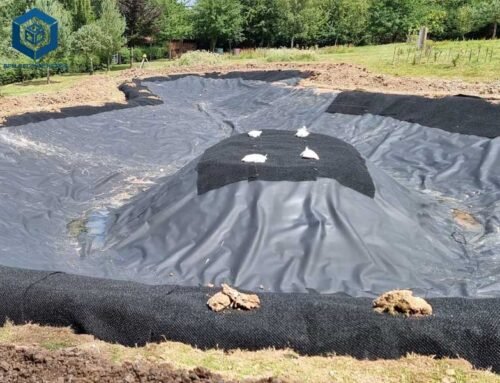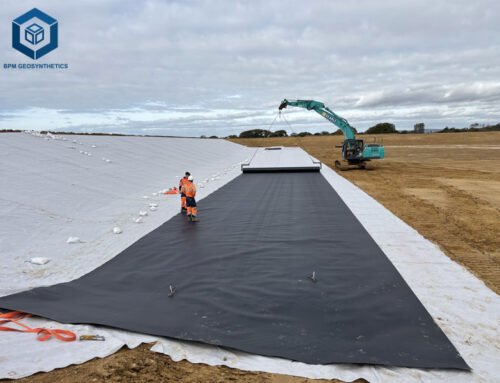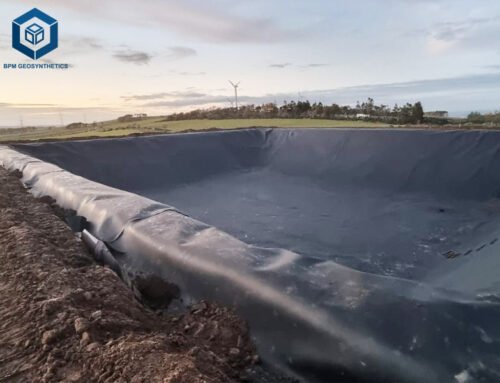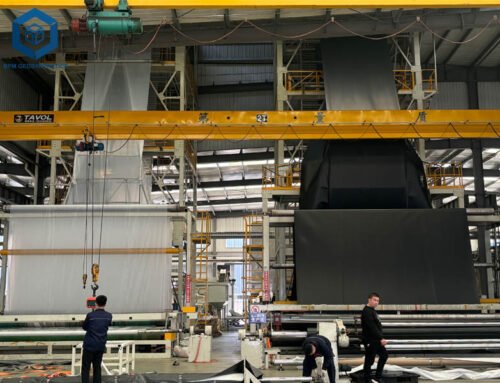Dam liners, also known as geomembranes, are essential for water conservation, preventing seepage, and ensuring efficient water storage in reservoirs, ponds, and dams. They are widely used in agricultural, industrial, aquaculture, and environmental applications. However, one of the most common questions farmers, engineers, and project managers ask is, “What Is Dam Liner Price?” This comprehensive guide dives deep into the factors influencing dam liner prices, material types, specifications, installation costs, and recent market trends to provide you with actionable insights.
1. Understanding Dam Liners
Dam liners are impermeable barriers designed to prevent water loss through seepage into the soil. They are critical for water harvesting, irrigation, fish farming, and industrial water storage. By creating a reliable waterproof layer, dam liners ensure water availability in arid and semi-arid regions, support sustainable agriculture, and protect groundwater from contamination. Their importance cannot be overstated, especially in regions like Kenya, where water scarcity is a growing concern due to changing rainfall patterns.
Key Benefits of Dam Liners
- Water Conservation: Prevents seepage, ensuring maximum water retention.
- Durability: UV-treated liners resist degradation from sunlight, extending lifespan.
- Versatility: Suitable for various applications, including irrigation, aquaculture, and mining.
- Environmental Protection: Prevents soil erosion and contamination of groundwater.
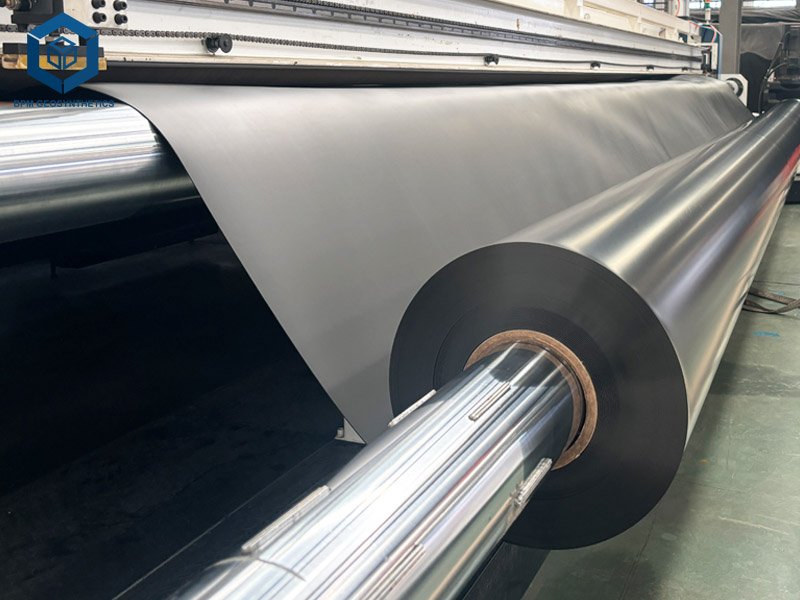
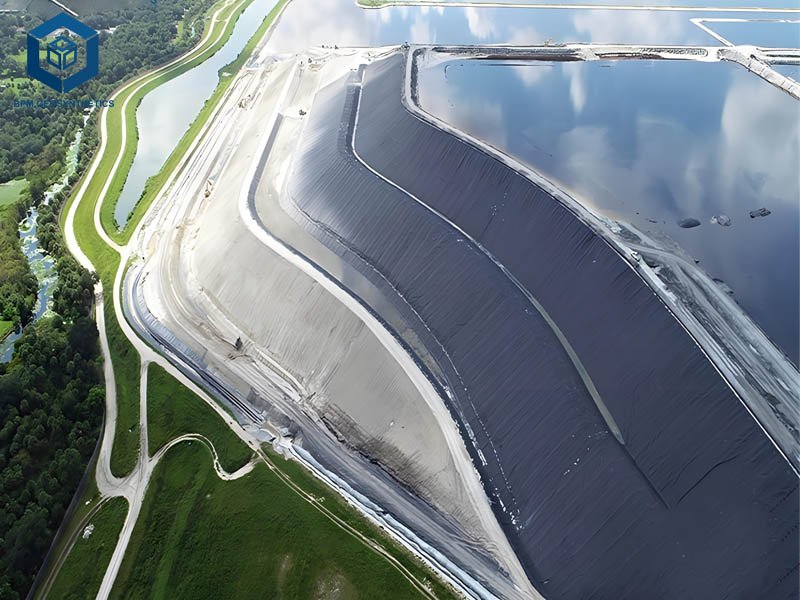
2. Factors Influencing Dam Liner Price
The cost of dam liners varies significantly based on several factors. Understanding these can help you make an informed decision when budgeting for your project.
2.1 Dam Liner Price – Material Type
Dam liners are made from different materials, each with unique properties affecting cost:
- High-Density Polyethylene (HDPE): Known for excellent chemical resistance, durability, and low permeability, HDPE liners are popular for large reservoirs and dams. Prices range from $0.40 to $1.50 per square foot, depending on thickness and quality.
- Low-Density Polyethylene (LDPE): More affordable and flexible, LDPE liners cost $0.30 to $0.80 per square foot but are less durable than HDPE.
- Polyvinyl Chloride (PVC): Flexible and easy to install, PVC liners range from $0.20 to $0.80 per square foot. They are less durable and not always fish-safe.
- Ethylene Propylene Diene Monomer (EPDM): A premium rubber liner, ideal for fish ponds due to its flexibility and non-toxicity, costs $0.75 to $2.00 per square foot.
- Reinforced Polyethylene (RPE): Stronger and lighter than rubber, RPE liners cost $0.40 to $0.90 per square foot and are ideal for large projects.
- Composite Geomembranes: Combining multiple materials for enhanced durability, these liners are pricier, often exceeding $1.00 per square foot.
2.2 Dam Liner Price – Thickness
The thickness of a dam liner, measured in millimeters (mm) or mils (1 mil = 0.0254 mm), directly impacts its durability and cost. Common thicknesses include:
- 0.3 mm (12 mil): Suitable for small ponds with smooth surfaces, costing $0.10 to $0.30 per square foot.
- 0.5 mm (20 mil): Ideal for medium-sized projects, priced at $0.20 to $0.50 per square foot.
- 0.75 mm (30 mil): Recommended for rough surfaces or larger reservoirs, costing $0.30 to $0.70 per square foot.
- 1.0 mm (40 mil): Used for heavy-duty applications like large dams or fish ponds, ranging from $0.40 to $1.00 per square foot.
- 1.5 mm (60 mil): The most durable, used for industrial or large-scale projects, costing $0.80 to $1.50 per square foot.
Thicker liners are more resistant to punctures and UV degradation but require higher material investment, increasing costs.
2.3 Dam Liner Price – Size and Surface Area
The size of the dam or pond significantly affects the total cost. Larger liners require more material and may incur higher transportation and installation expenses. To calculate the required liner size:
- Formula: Liner Length = Pond Length + (2 × Depth) + 2 feet (overlap). Liner Width = Pond Width + (2 × Depth) + 2 feet (overlap).
- For example, a 50 ft x 30 ft pond with a 4 ft depth requires a liner of approximately 60 ft x 40 ft, or 2,400 square feet. At $0.50 per square foot, the material cost alone would be $1,200.
2.4 Dam Liner Price – Installation Complexity
Professional installation can add $0.50 to $2.00 per square foot, depending on site conditions, labor rates, and project complexity. Factors increasing installation costs include:
- Site Preparation: Smooth surfaces require less preparation, while rocky or uneven terrain may need geotextile underlayment ($0.25–$0.40 per square foot) or excavation.
- Welding: Factory or on-site welding ensures leak-proof seams but adds to costs, especially for thicker liners (e.g., 1 mm HDPE).
- Geographical Location: Remote sites incur higher transportation and labor costs.
2.5 Dam Liner Price – UV Resistance and Additives
UV-treated liners, essential for prolonged sun exposure, cost 10–20% more than non-treated liners. Additives for chemical resistance or flexibility also increase prices.
2.6 Dam Liner Price – Brand and Supplier
Premium brands like BPM Geosynthetics or Grekkon Limited charge higher prices due to quality assurance and certifications (e.g., ISO, ASTM). Lesser-known brands may offer lower prices but compromise on durability or warranty.
3. Dam Liner Prices: Regional Insights
Dam liner prices vary by region due to differences in material availability, labor costs, and market demand. Below, we focus on Kenya, a key market for dam liners due to its agricultural reliance on water conservation.
Dam Liner Prices in Kenya
In Kenya, dam liners are priced per square meter, with costs varying by thickness and material:
- 0.3 mm HDPE: KSh 150–200 ($1.15–$1.50) per square meter. Suitable for small domestic ponds.
- 0.5 mm HDPE: KSh 230–300 ($1.75–$2.30) per square meter. Ideal for medium-sized irrigation or fish ponds.
- 0.75 mm HDPE: KSh 300–400 ($2.30–$3.10) per square meter. Used for larger reservoirs with rough surfaces.
- 1.0 mm HDPE: KSh 400–500 ($3.10–$3.85) per square meter. Recommended for heavy-duty applications like aquaculture or industrial tanks.
- 1.5 mm HDPE: KSh 500–800 ($3.85–$6.15) per square meter. Best for large-scale dams or high-pressure environments.
- PVC Liners: KSh 200–400 ($1.50–$3.10) per square meter. More affordable but less durable.
- EPDM Liners: KSh 600–1,000 ($4.60–$7.70) per square meter. Premium option for fish ponds.
Installation costs in Kenya range from KSh 100–300 ($0.75–$2.30) per square meter, depending on site conditions and labor availability.
Global Price Ranges
For comparison, global dam liner prices (in USD per square foot) include:
- United States: $0.44–$2.00 for 30–45 mil liners, with installation costs of $0.50–$3.50 per square foot.
- Australia: $0.50–$2.50 for PVC and EPDM liners, with custom sizes adding 10–15% to costs.
- China: $0.30–$1.50 for HDPE and LDPE liners, with lower prices due to manufacturing proximity.
4. Choosing the Right Dam Liner: Specifications and Parameters
Selecting the right dam liner involves evaluating project-specific needs. Below are key specifications to consider:
4.1 Material Selection
- HDPE: Best for large reservoirs and industrial applications due to high tensile strength (680 lbs grab method) and puncture resistance (150 lbs/inch).
- EPDM: Ideal for fish ponds due to non-toxicity and 300% stretchability.
- PVC: Cost-effective for small ponds but less durable on rough surfaces.
- RPE: Lightweight and strong, suitable for large-scale irrigation projects.
4.2 Thickness and Durability
- Small Ponds (<2 ft deep): 0.3–0.5 mm liners suffice for smooth surfaces with low water pressure.
- Medium Reservoirs (2–6 ft deep): 0.75–1.0 mm liners handle moderate pressure and rough surfaces.
- Large Dams (>6 ft deep): 1.0–1.5 mm liners support heavy water loads and rocky terrain.
4.3 UV and Chemical Resistance
- UV-treated liners are essential for exposed dams, with a lifespan of 8–15 years for 0.5 mm HDPE and up to 20 years for 1.0 mm HDPE.
- Chemical-resistant liners (e.g., HDPE, PP) are necessary for industrial applications or polluted environments.
4.4 Welding and Seaming
- Factory Welding: Ensures leak-proof seams using hot wedge machines, ideal for large liners.
- On-Site Welding: Required for oversized liners, using heat guns for 0.5–0.75 mm or wedge machines for 1.0 mm liners.
4.5 Geotextile Underlayment
A non-woven geotextile underlay ($0.25–$0.40 per square foot) protects liners from punctures on rocky surfaces, extending lifespan.
5. Installation Process and Costs
Proper installation is critical to maximizing a dam liner’s effectiveness. Here’s a step-by-step overview:
5.1 Site Preparation
- Clear the site of rocks, roots, and debris to create a smooth surface.
- For rocky terrain, lay a geotextile underlay or a thin sand layer to prevent punctures.
- Dig an anchor trench (1 ft deep, 1 ft wide) around the reservoir to secure the liner.
5.2 Liner Placement
- Unroll the liner carefully, ensuring it conforms to the pond’s contours.
- For large projects, multiple panels are welded together on-site.
5.3 Seaming and Testing
- Weld seams using a hot wedge machine or heat gun to ensure leak-proof joints.
- Test the liner over days or weeks to confirm no seepage occurs.
5.4 Securing and Finishing
- Tuck liner edges into the anchor trench and cover with soil.
- Install fencing to prevent damage from animals or humans.
5.5 Installation Costs
- Kenya: KSh 100–300 ($0.75–$2.30) per square meter.
- United States: $0.50–$3.50 per square foot, higher for complex sites.
- Australia: $1.00–$4.00 per square meter, including geotextile underlay.
6. Recent Trends in Dam Liner Prices
The dam liner market is evolving due to technological advancements and environmental demands. Key trends include:
- Sustainable Materials: Eco-friendly liners made from recycled PVC or non-toxic HDPE are gaining popularity, with prices 5–10% higher than standard liners.
- Thicker Liners: Demand for 1.0–1.5 mm liners is rising for large-scale irrigation and aquaculture projects, driven by durability needs.
- Custom Sizes: Manufacturers like BPM Geosynthetics offer tailored liners, reducing waste but increasing costs by 10–15%.
- Global Supply Chain: Raw material shortages and shipping costs have increased prices by 5–8% globally since 2023.
- Aquaculture Growth: In Kenya, fish farming has boosted demand for EPDM and HDPE liners, stabilizing prices for 0.5–1.0 mm thicknesses.
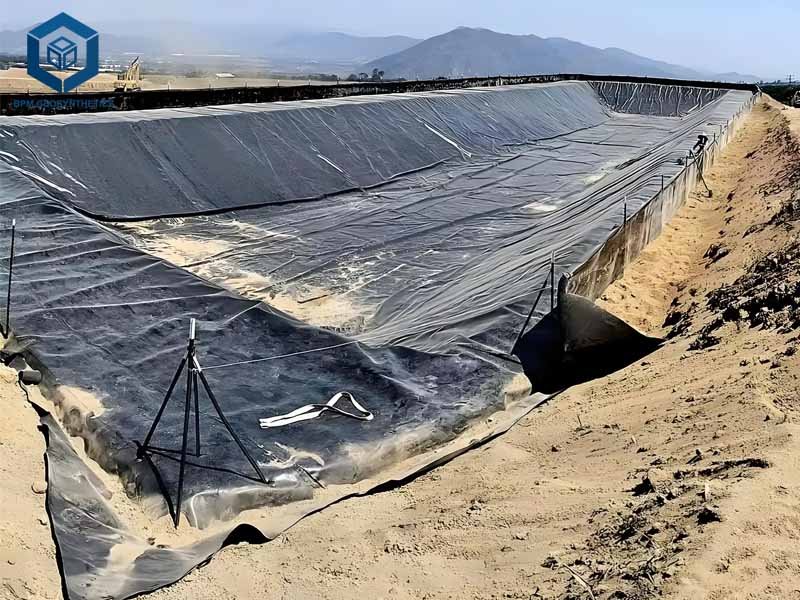
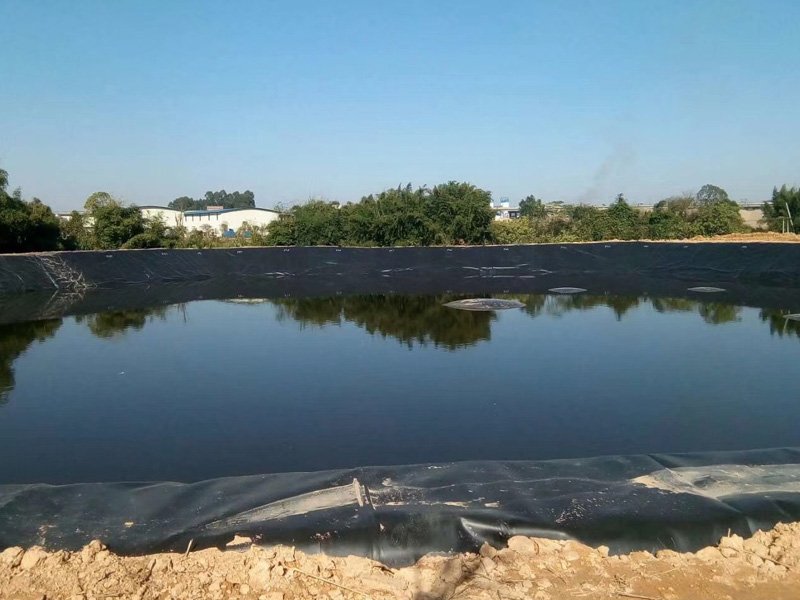
7. Cost-Saving Tips for Dam Liner Projects
To optimize your budget without compromising quality:
- Compare Suppliers: Request quotes from multiple vendors like Grekkon Limited, Aqua Hub Kenya, or BPM Geosynthetics.
- Bulk Purchasing: Buying larger rolls can reduce per-square-meter costs by 5–10%.
- DIY Installation: For small projects, DIY installation can save $0.50–$1.00 per square foot, but ensure proper training to avoid damage.
- Choose Appropriate Thickness: Avoid over-specifying thickness for small ponds to save costs.
- Maintain Liners: Regular cleaning and fencing extend liner lifespan, reducing replacement costs.
8. Case Study: Dam Liner Installation in Kenya
Consider a Kenyan farmer planning a 1,000 square meter irrigation pond with a 0.5 mm HDPE liner. Based on market data:
- Material Cost: KSh 240 per square meter x 1,000 = KSh 240,000 ($1,850).
- Installation Cost: KSh 150 per square meter x 1,000 = KSh 150,000 ($1,150).
- Geotextile Underlay: KSh 150 per square meter x 1,000 = KSh 150,000 ($1,150).
- Total Cost: KSh 540,000 ($4,150).
This investment ensures reliable water storage for irrigation, potentially increasing crop yields by 20–30% annually.
9. Conclusion
Dam liner prices depend on material type, thickness, size, installation complexity, and regional factors. In Kenya, prices range from KSh 150–800 per square meter ($0.10–$1.50 per square foot globally), with HDPE and EPDM being the most popular choices for their durability and versatility. By understanding these factors and following cost-saving strategies, you can select the right dam liner for your project while staying within budget. For personalized quotes, contact reputable suppliers like BPM Geomembrane.

